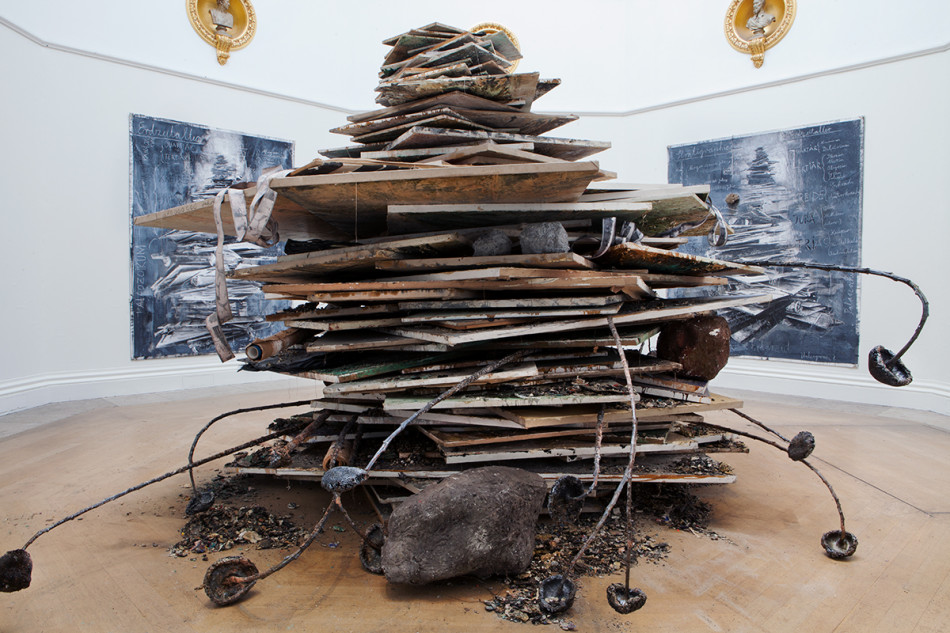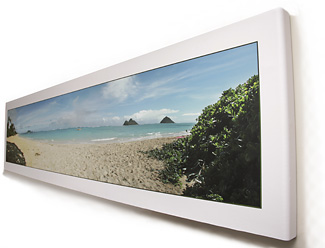Art movements are specific styles of art, usually aimed towards a goal that reflected events of the time period. Art movements are important because the work usually tells us something about the history of that time and because they influence the modern artists of today.
Art Nouveau was a movement that swept through the late 19th century and early 20th century. Art Nouveau was a response to the poorly made decorative arts of the time, the movement sought to bring back good workmanship, create modern designs and bring a good status to craft. This movement spread throughout Europe and was aimed to create more appropriately modern designs rather than the designs used by the Victorian era.
Key artists include Louis Comfort Tiffany and Aubrey Vincent Beardsley.

The Art produced usually included lines, straight and curvy, and use of nature such as flowers, leaves, roots and buds. The work was usually very graceful and delicate looking. Art Nouveau was considered to be the first style to stop taking ideas from the past and gain inspiration from the natural world.
Dada began in 1916 in Zurich, Switzerland. From 1916-1923 Dada was considered an anti-war movement in Europe and New York, the message was a protest to traditional ways and pro-war society. Dada involved visual arts that included topics such as politics and culture.
The name for Dada was randomly selected in a dictionary and in French means 'hobbyhorse' , in German means 'there there' and in Russian means 'yes yes'.
Key figures such as Hannah Hoch and Raoul Hausmann created influential pieces of work.
The characteristics of Dada were combinations of fine art, including collage and photo montage. Dada later went on to influence other art movements later such as Surrealism and Pop-art.
Surrealism was influenced by the earlier Dada movement, surrealism began in Europe between WW1 & WW2. Surrealism represented positive expression to a reaction of rationalism. Surrealism art is highly imaginative, the Surrealism movement where inspired by the mind, the art produced from this movement brings reality and non-reality together.
There are many famous pieces of art for Surrealism, one artist for example Salvador Dali
and Rene Magritte
The idea of surrealism was to let your subconscious express itself, the characteristics of this style was painted illogical scenes with high precision to create these dream-like, sometimes unnerving, pieces of art.
Abstract expressionism is a post WW2 art movement that developed in the 1940s.
The movement gave New York international influence and put NY at the centre of the Western art world. Abstract expressionism was influenced by Surrealism, instability in Europe's economy in 1930 brought leading Surrealists to New York. Other abstract expressionist artists that had matured in the 1930s were influenced by the era's leftist politics.
Artists associated with Abstract Expressionism are, for example, William De Kooning and Jackson Pollock.

Abstract Expressionism is considered to be done in two different styles, for example Jackson Pollock and William De Kooning are considered 'action painters' which is an expressive painting style and is a spontaneous working style. The other is a more passive style of working, focusing more on reflection and mood such a Mark Rothko's work (last).


